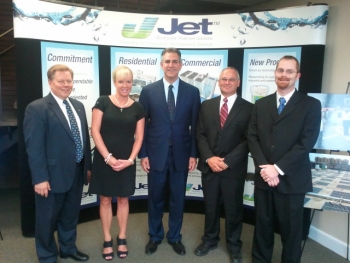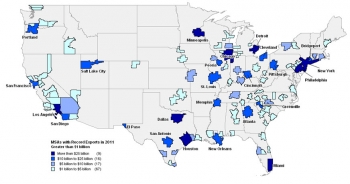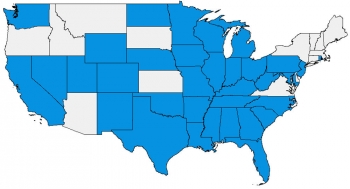How New Legislation will Support Our Textile Industry
Ed. note: Cross-posted from ITA's Tradeology blog. Kim Glas is the Deputy Assistant Secretary for textiles and apparel within the International Trade Administration’s Import Administration division.
I am visiting North Carolina today with the Under Secretary of Commerce for International Trade Francisco Sánchez to see first-hand two state of the art textile companies–Unifi and A&E. Recently, President Obama signed into law an important set of technical fixes to the U.S.-Dominican Republic-Central America (CAFTA-DR) Free Trade Agreement that will have a direct impact on jobs at these two companies and sewing thread manufacturers across this state and country.
When the Agreement with our Central American neighbors was negotiated in 2003, there was a definitional loophole that incentivized the use of non-U.S. sewing thread in the assembly of textile and apparel products. As a result of this loophole, U.S. sewing thread manufacturers have seen their business and employment shrink. The Obama administration immediately set out to address a problem that severely impacted U.S. sewing thread manufacturers.
After years of hard work, President Obama recently signed legislation to close a loophole that has jeopardized businesses and jobs in the U.S. As a result, on Saturday, October 13, these fixes will be implemented and will have a direct impact on many sewing thread manufacturers in North Carolina. We have every expectation that once the legislation is implemented that U.S. sewing thread producers like Unifi and A&Ewill be able to recapture market share in the critical market.
This is a prime example of what can be accomplished when industry, Congress, and the administration work toward a common goal.










